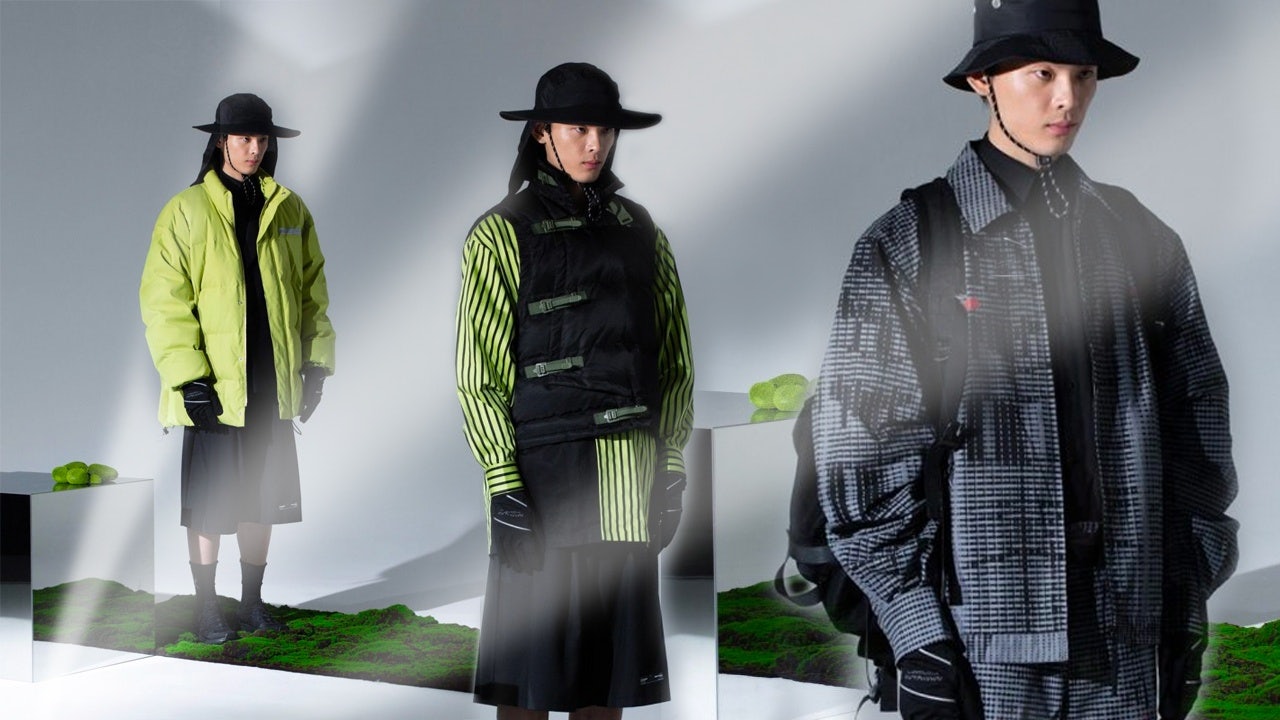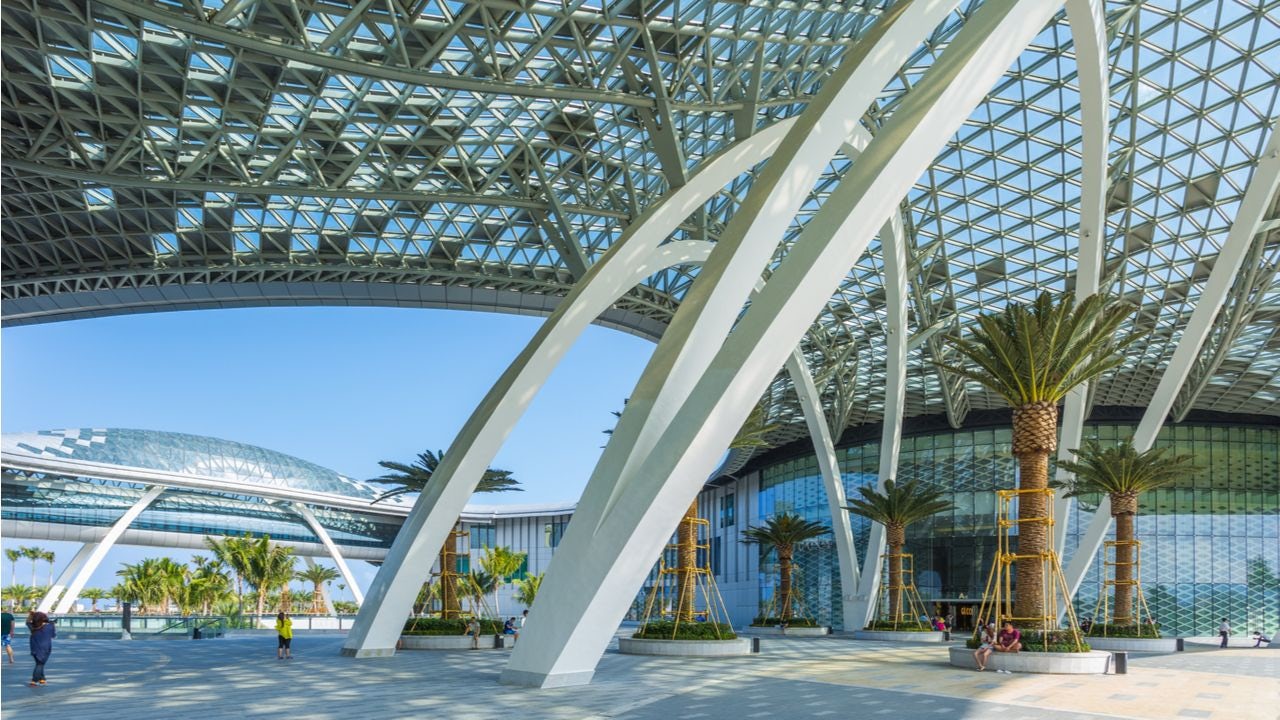Key Takeaways#
:
- Thanks to price harmonization and a wider range of available goods on the Mainland, Chinese consumers are now more comfortable buying locally.
- Chinese luxury consumers, in particular, used to purchase goods mostly while traveling outside of the Mainland, but that trend reversed after COVID-19 began.
- Thanks to the pandemic, luxury businesses now realize that tourism flow is merely the cherry on top, and sales inside of China is the cake.
The luxury sector was moving from a global, travel-oriented market to a more local industry well ahead of the COVID-19 spread. Chinese luxury consumers, in particular, used to purchase goods mostly while traveling outside of the Mainland to Europe, Korea, Japan, and Hong Kong.
Purchases on these trips were essentially motivated by price, as Hong Kong is a duty-free zone, and Europe had been the cheapest place to buy Italian, French, Swiss, and British brands. Additionally, Japan and Korea are hip, culturally fascinating locations for Chinese consumers.
On top of that, ten years ago, there was a perception in Mainland China that the local product assortment was not as broad compared to other markets, and, quite frankly, some consumers doubted whether they were even purchasing the real product.
Looking at the situation today, all of those reasons not to shop at home in Mainland China have been flipped upside down. Price harmonization has been broadly enacted. Sure, you still pay a premium relative to Europe or Hong Kong, but maybe an additional 20 percent, not 50 (as was the case just a few years back). That number is much closer to the VAT rate and is seen as more acceptable.
Also, the product range in China is now, for most brands, the broadest on the planet. That’s because Chinese consumers are so paramount for brands today that many of their product launches take place in Shanghai before they roll out elsewhere. And of course, brands continue to build tried-and-true, brick-and-mortar stores in China and are available through a massive omnichannel network via Tmall, Farfetch, Yoox, Net-A-Porter, and many more.
More recently, with borders still broadly shut due to COVID-19, domestic travel has been soaring. And with it, China has witnessed the emergence of Hainan — an island province known as the “Chinese Hawaii,” which boasts a tropical climate, high-end hotels, beaches, and, importantly for luxury, the largest duty-free mall in the world, Haitang Bay. This shopping center happens to be geared towards domestic purchases and has recently benefited from new, more favorable regulations. That has boosted luxury sales to the point where some brands are now generating more business on Hainan than in Hong Kong, which was once the undisputed Mecca of high-end purchases.
Japanese consumers were dominating luxury sales in the early aughts, but the Chinese are today. Initially, the Japanese purchased 80 percent of their luxury goods abroad. But last year, pre-COVID-19, they were purchasing more than 80 percent at home. In 2019, Chinese consumers bought two-thirds of their luxury abroad, but this year, that will have reversed (artificially, as there is currently nowhere to travel outside of China).
Will Chinese luxury consumption follow Japan’s lead and soon take place predominantly on the Mainland? The answer is mostly, but there is a catch. With maturity, consumers tend to become locavores, which, again, is helped by prices, trust, and retail infrastructure. But — and it’s a big but — when borders reopen after COVID-19 has ended, Chinese consumers will initially start purchasing abroad again.
Why? First: pent-up demand. The urge to travel after months of having it restricted is real, and it is not specific to one nationality. When I first read articles about consumers booking seats for “flights to nowhere,” I was dumbfounded. But airlines have offered this awkward concept of taking off and landing in the same airport in Taiwan, Brunei, Australia, and Japan, and tickets were snapped up in no time.
Second: Unlike Japanese citizens — or, for that matter, Western nationals — the passport penetration rate in China is still only in the low double-digits. So when the world reopens, many Chinese consumers will want to discover the rest of the world.
Today, Chinese luxury is being bought on the Mainland as there aren’t other options. But, frankly, it is a better option than it was a decade ago. Hopefully, if COVID-19 comes under control in other parts of Asia, we can expect a travel corridor to be established that allows Chinese consumers to travel to places like Singapore, Hong Kong, Macau, Korea, and Japan.
Next year, after the West hopefully recoups from multiple waves of COVID-19, those travel destinations will again become relevant places where the Chinese can purchase luxury. But over the long term, in a stabilized travel environment, I believe that Chinese consumers will incrementally continue to purchase more at home.
If you are managing a luxury business outside of China, the silver lining of this crisis is that you now realize tourism flows should be considered the cherry on the cake, and, as such, you are now catering to local consumers far better than before. If you look at the business being done in China, that is the cake, and you should invest there accordingly!
Erwan Rambourg has been a top-ranked analyst covering the luxury and sporting goods sectors. After eight years as a Marketing Manager in the luxury industry, notably for LVMH and Richemont, he is now a Managing Director and Global Head of Consumer & Retail equity research. He is also the author of Future Luxe: What’s Ahead for the Business of Luxury (2020) and The Bling Dynasty: Why the Reign of Chinese Luxury Shoppers Has Only Just Begun (2014).

